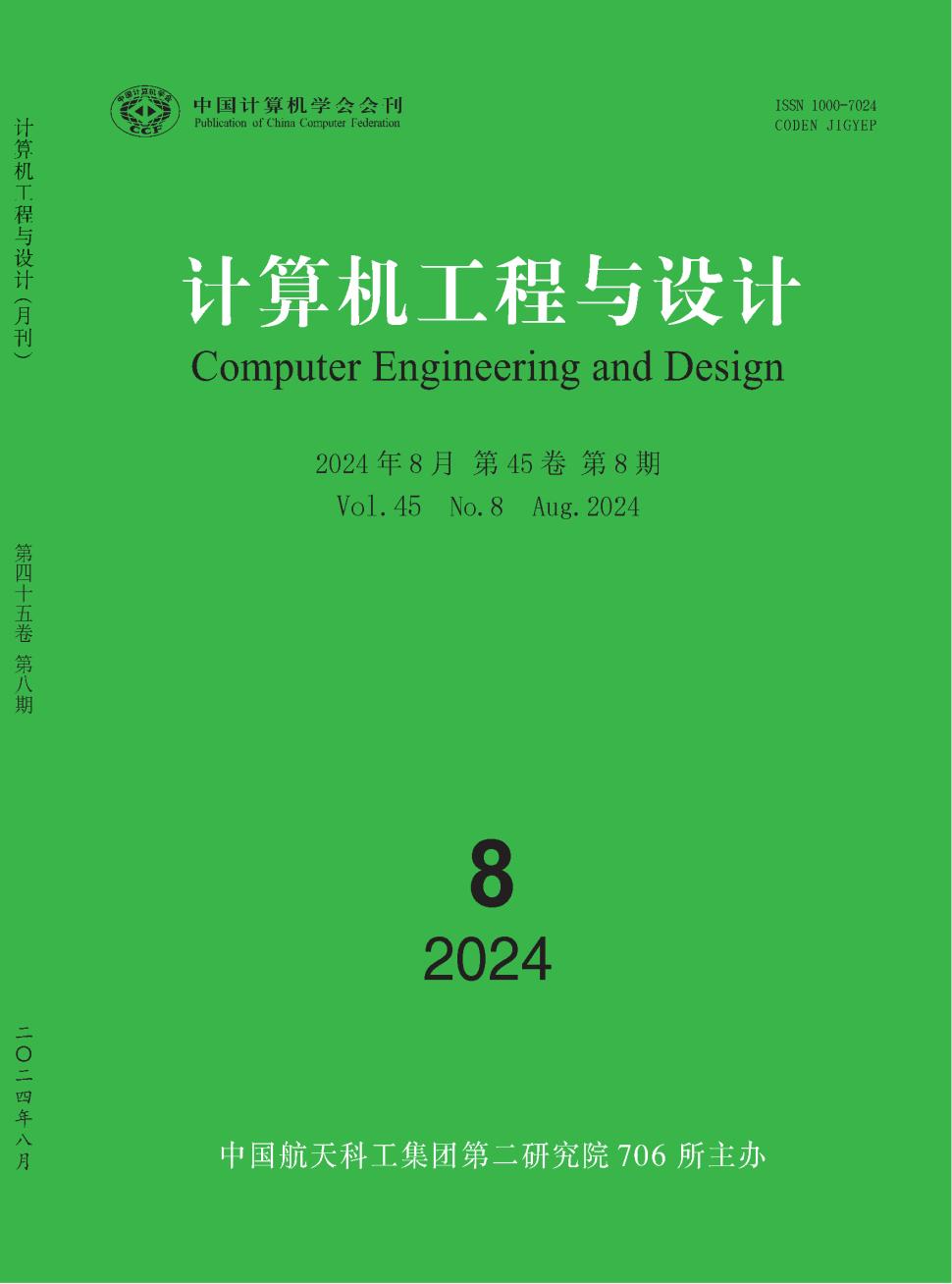重新审视安全性:Honeytokens与Google Authenticator相遇
引用次数: 2
摘要
与技术的快速发展和演变相反,计算机系统在不合理的长时间内严重依赖密码来保持其安全性。虽然引入两个或多个因素改进了现有的身份验证程序,并产生了新的多因素身份验证方案,但更高级和更集中的攻击表明,它们也很敏感,无法确保只有经过授权的用户才能访问系统。这项研究提出了一种革命性的双因素认证机制,使用QR码和蜂蜜令牌。在目前的实现中,honeywords和Google authenticator一起工作。为了加快识别过程,在不同的计算设备上,honeyword技术被用作第二个因素。通过使用比单一密码机制或常见的双因素身份验证方案更强大、更有效的身份验证机制,本文提出的新颖而直接的方法旨在向系统中添加额外的安全和保护层,从而提高其安全性。本文章由计算机程序翻译,如有差异,请以英文原文为准。
Security Revisited: Honeytokens meet Google Authenticator
In contrast to the rapid advancement and evolution of technology, computer systems rely significantly on passwords to maintain their security for an unreasonably long time. Although the introduction of two or more factors improved existing authentication procedures and gave rise to new multi-factor authentication schemes, more advanced and focused assaults have revealed they are also sensitive and ineffective to assure only authorized access to systems. This study suggests a revolutionary two-factor authentication mechanism that uses QR codes and honeytokens. In the current implementation, honeywords and Google authenticator work together. In order to speed up the identification process, the honeywords technique is utilized as a second factor on a different computing device. By using a stronger and more effective authentication mechanism than a single password mechanism or a common two-factor authentication scheme, the novel and straightforward approach presented here intends to add additional layers of security and protection into a system, thereby increasing its security.
求助全文
通过发布文献求助,成功后即可免费获取论文全文。
去求助
来源期刊
自引率
0.00%
发文量
20353
期刊介绍:
Computer Engineering and Design is supervised by China Aerospace Science and Industry Corporation and sponsored by the 706th Institute of the Second Academy of China Aerospace Science and Industry Corporation. It was founded in 1980. The purpose of the journal is to disseminate new technologies and promote academic exchanges. Since its inception, it has adhered to the principle of combining depth and breadth, theory and application, and focused on reporting cutting-edge and hot computer technologies. The journal accepts academic papers with innovative and independent academic insights, including papers on fund projects, award-winning research papers, outstanding papers at academic conferences, doctoral and master's theses, etc.

 求助内容:
求助内容: 应助结果提醒方式:
应助结果提醒方式:


